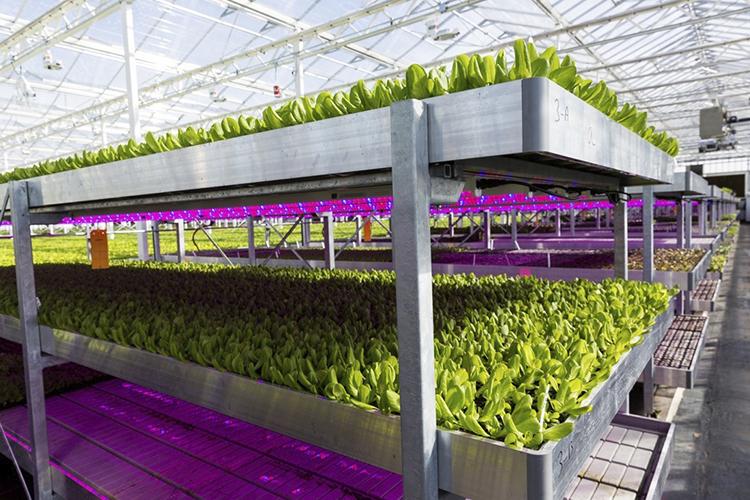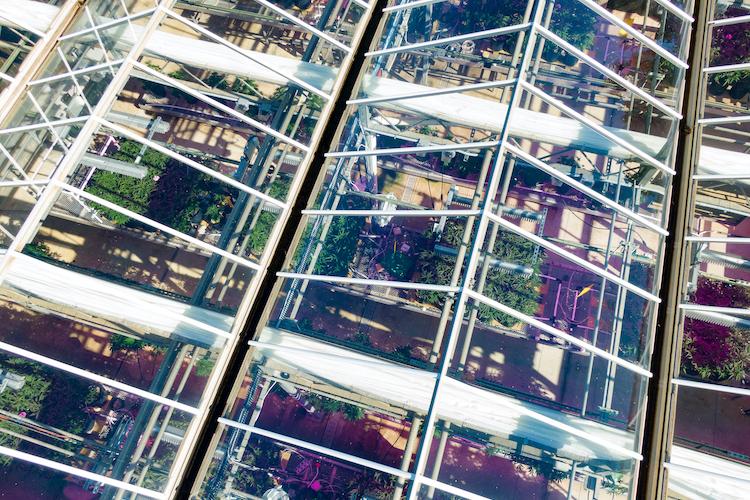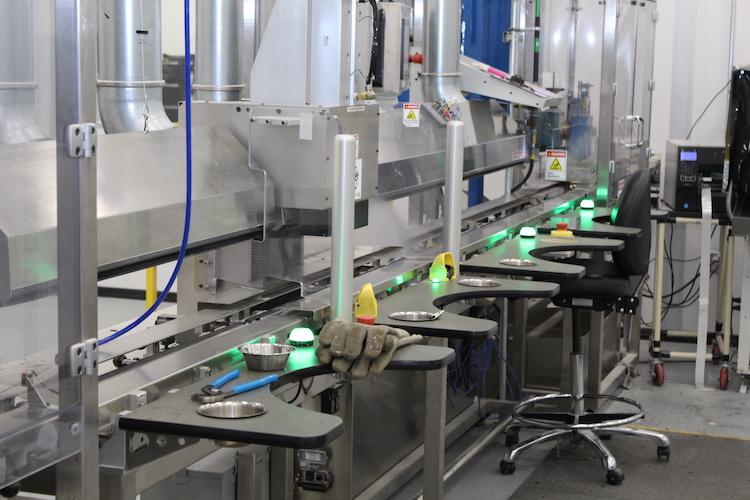The Future of Food
The Future of Food
By 2050, the global population is expected to reach 9.8 billion1 people.
Yet the amount of agricultural land has remained steady for the last 50 years (hovering around 37%2 of total available land) with no dramatic changes in that figure anticipated over the coming period. Put like this, it’s easy to see why governments are starting to make food security a high priority.
In 2013, when the 2050 population was projected to reach 9.6 billion, a UN report found that global food production would need to increase by approximately 70%3 just to keep pace with population growth. To significantly increase the pressure, others have highlighted that with economic development, global diets are also demanding more meat—an even less efficient use of available land.
The farming community has risen to the challenge by increasing production per hectare by leveraging technology innovation and advanced agronomic practices to boost yields and fight off pests (“intensification”). This approach has been successful in many ways, but it’s not sustainable. And today’s consumers have also become more conscious of the impact of pesticide use on health, as well as the environmental toll of plastic packaging, food miles and over-exploitation of the Earth’s resources—including farmland.
The commercial farming industry is anything but complacent. We know that food production of the future will look very different from that of today. We are entering a new era of technology enabled growing, where indoor vertical farming, or Controlled Environment Production (CEP), is considered one of the best opportunities to boost the production of a range of crops whilst maximizing quality, nutrition and visual appeal that will help maintain and, in many cases, improve living standards for global citizens.
We also see huge, relatively untapped potential in the pharmaceutical industry, with vertical farms offering controlled, cleanroom conditions in which to grow powerful, natural pharmaceutical ingredients.
Although the opportunity is significant, as an industry at its nascent stage, many indoor vertical farms fail due to poor planning, a lack of understanding of the complexity of controlled environment growing or an inability to scale to a level that ensures long-term commercial viability.
READ: The Science of Indoor Farming
READ: Indoor Farming: How Can You Ensure Success?
LEARN MORE ABOUT GE LED GROWING SYSTEMS






